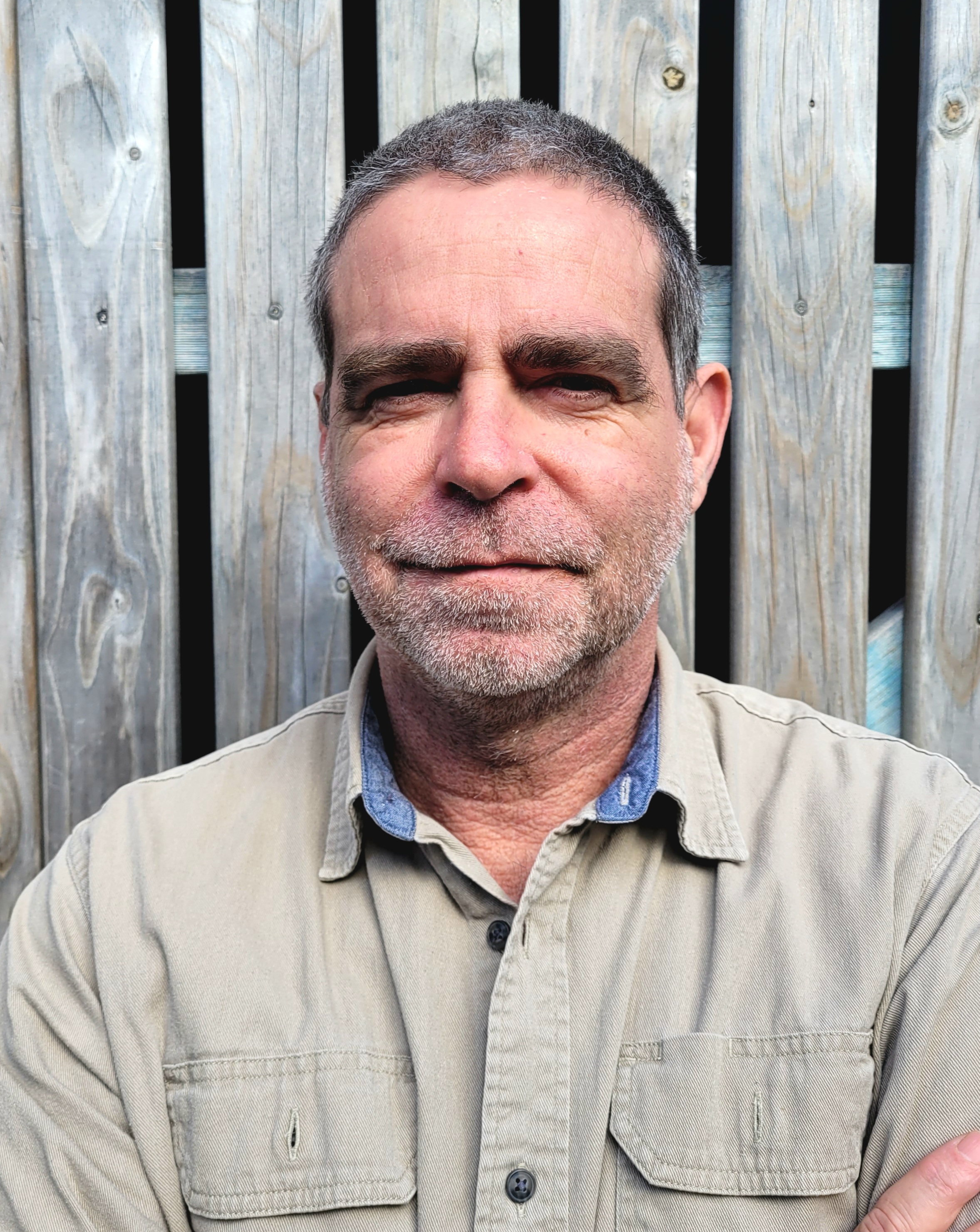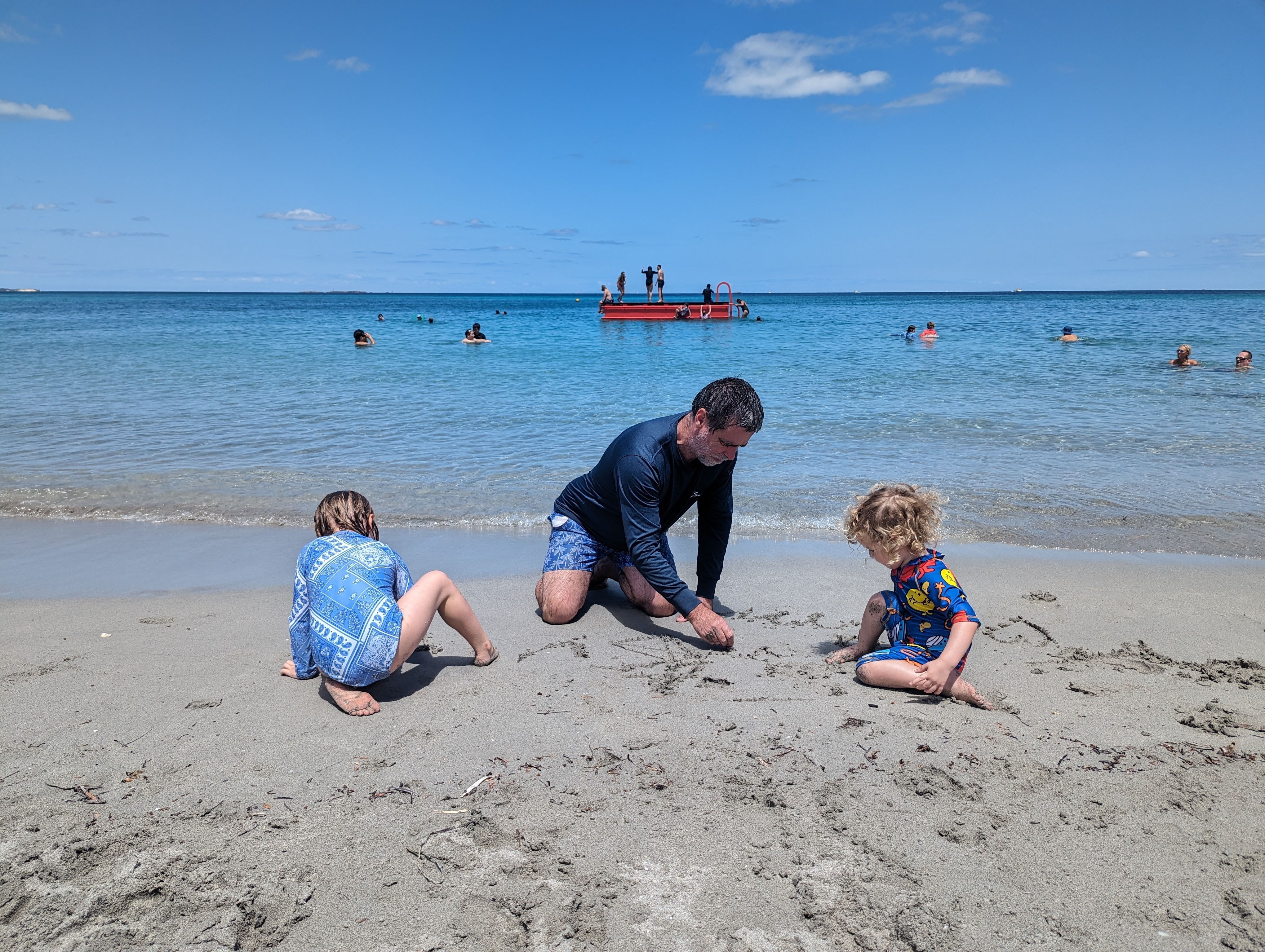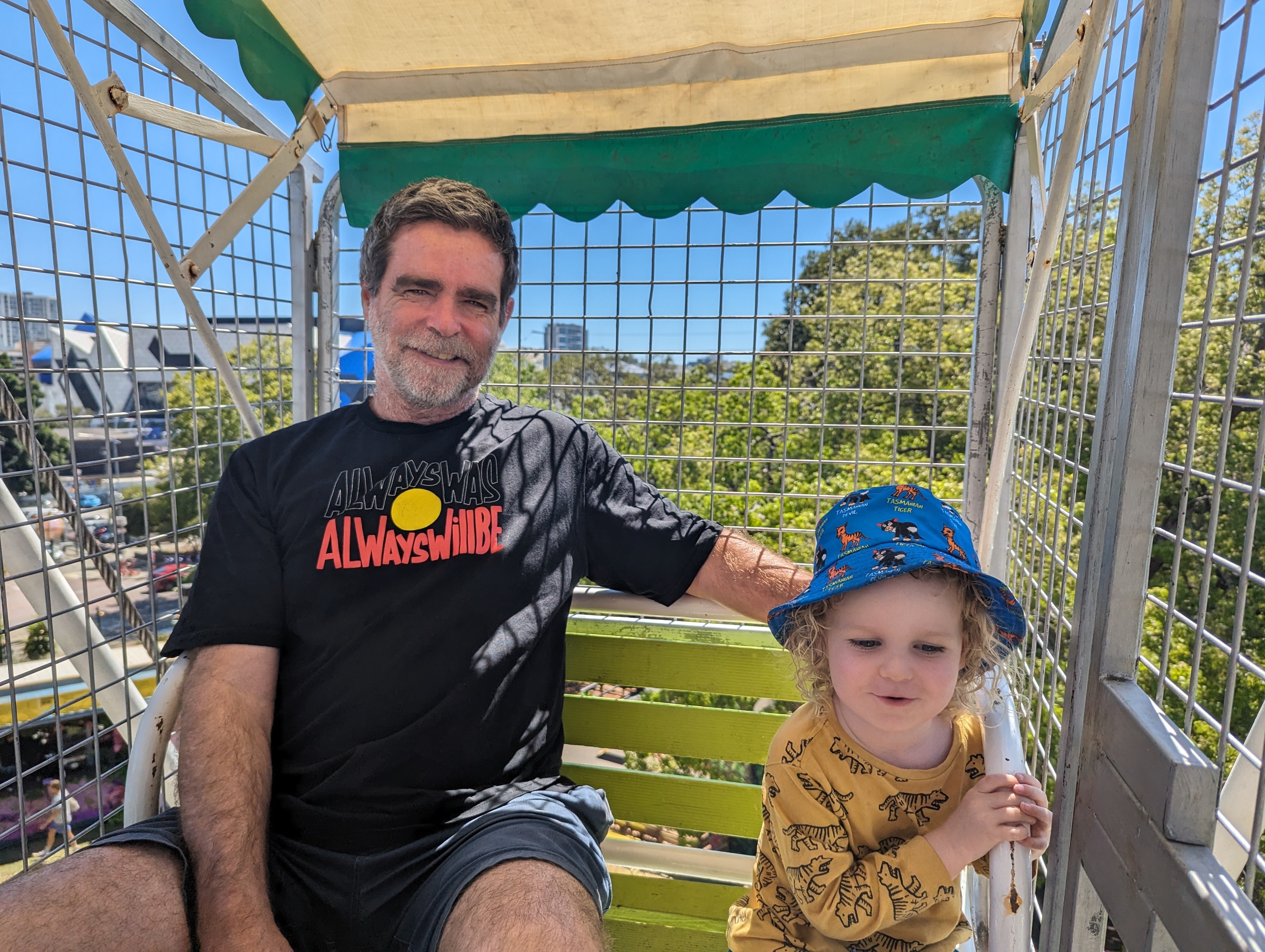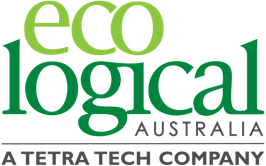Meet the Experts – Jeremy Mitchell
Thursday, 9 May, 2024

In this Meet the Experts, we dive into the fascinating world of environmental impact assessment with approachable expert Jeremy Mitchell. Jeremy conducts rigorous evaluations of development proposals from our office in Perth, WA, to ensure compliance with environmental legislation. From his deep-rooted environmental consciousness to his surprising double life as an actor, there's much to uncover about Jeremy’s journey and passion for making a difference!
1. How do you explain what you do for work at parties?
I conduct environmental impact assessments on a range of development proposals for a range of different clients to support approval under state and national environmental legislation; and also manage the ELA WA operations.
2. Why did you choose to work in the environmental space?
I developed a strong environmental consciousness and connection to country growing up, through my parents, family and ancestral ties. I had an environmental education throughout my 20s by way of a number of varied experiences including revegetation, plantation forestry, permaculture, farm planning and conservation and landscaping before heading to uni to improve myself in related disciplines, leading me to environmental consulting.

Jeremy and his kids enjoying the WA sunshine.
4. What achievement are you most proud of?
At ELA, undertaking an in-depth appraisal of the ‘Social Surroundings’ environmental factor as defined in WA as part of environmental impact assessments (EIA), for some large resource proposals. This process involved broadening the scope of significant values needing to be assessed beyond those typically appraised, to do better justice to the potentially impacted Aboriginal social, cultural and heritage values. We undertook a literature review of relevant laws, guidance and requirements from selected jurisdictions around the world to inform and elevate the approach taken in the EIAs and supporting management plans - to be something that I believe sets an improved benchmark for the state, if not beyond. The consultation process for this, largely undertaken by the proponent with the traditional owners, but strongly informed by and integrated with our work throughout, has been to my knowledge a more lengthy, detailed and collaborative than typically undertaken. In WA, assessment of Aboriginal social surroundings values for EIA has often been limited to heritage sites and objects, whereas our approach took a more sophisticated and holistic view, and one very much dictated by the affected traditional landowners and knowledge holders. This includes considering both tangible and intangible values, and explicitly accounts for Aboriginal use and association with Country as it is now - in myriad ways - rather than restricted to a more historical/archaeological lens as can be the case when heritage sites and objects are the primary focus.
5. How do you make a difference in your role with ELA?
6. To share your genius, what’s your one top tip for clients working on approvals projects?

7. What do you love about science?
